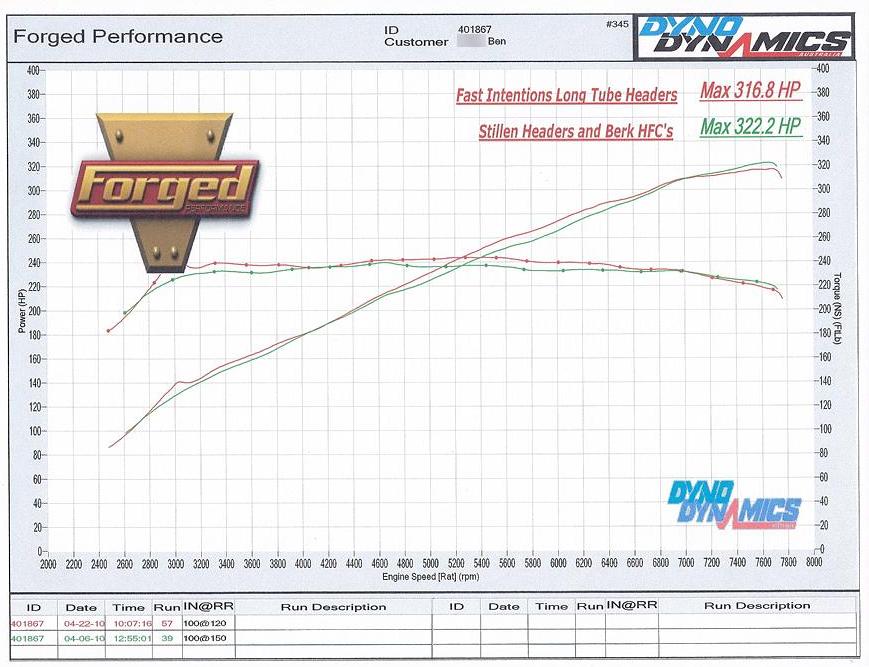
In short, the excess deposit line represents any funds remaining from the buyer’s earnest money deposit after accounting for real estate agent commission fees. What is an ‘excess deposit’ at closing?Ī particular line item that causes confusion on the seller’s settlement statement is the “Excess Deposit.” What is an excess deposit, and who will receive the funds listed on that line? In a cash transaction, there is no need for a Closing Disclosure since no one is borrowing money - however, buyer and seller would still receive a settlement statement summarizing their costs and any payouts. Sellers do not typically receive a copy of the Closing Disclosure.

If the bottom line totals in the Closing Disclosure and settlement statements don’t match, that’s a major red flag that something is off. Usually lenders will prepare the Closing Disclosure based on a copy of the estimated settlement statement sent by the closing agent. The Closing Disclosure is issued by the buyer’s lender, and is designed to be compared to the Loan Estimate, which is the first estimate of fees the buyer gets when they borrow money.

The Closing Disclosure contains almost the exact same information as the settlement statement, but it is specific to the borrower and their fees. What’s the difference between a Closing Disclosure and settlement statement?

Yes, a settlement statement is the same as a closing statement, though “settlement” is the formal term most likely to be used by the real estate industry. Is a settlement statement the same as a closing statement?


 0 kommentar(er)
0 kommentar(er)
